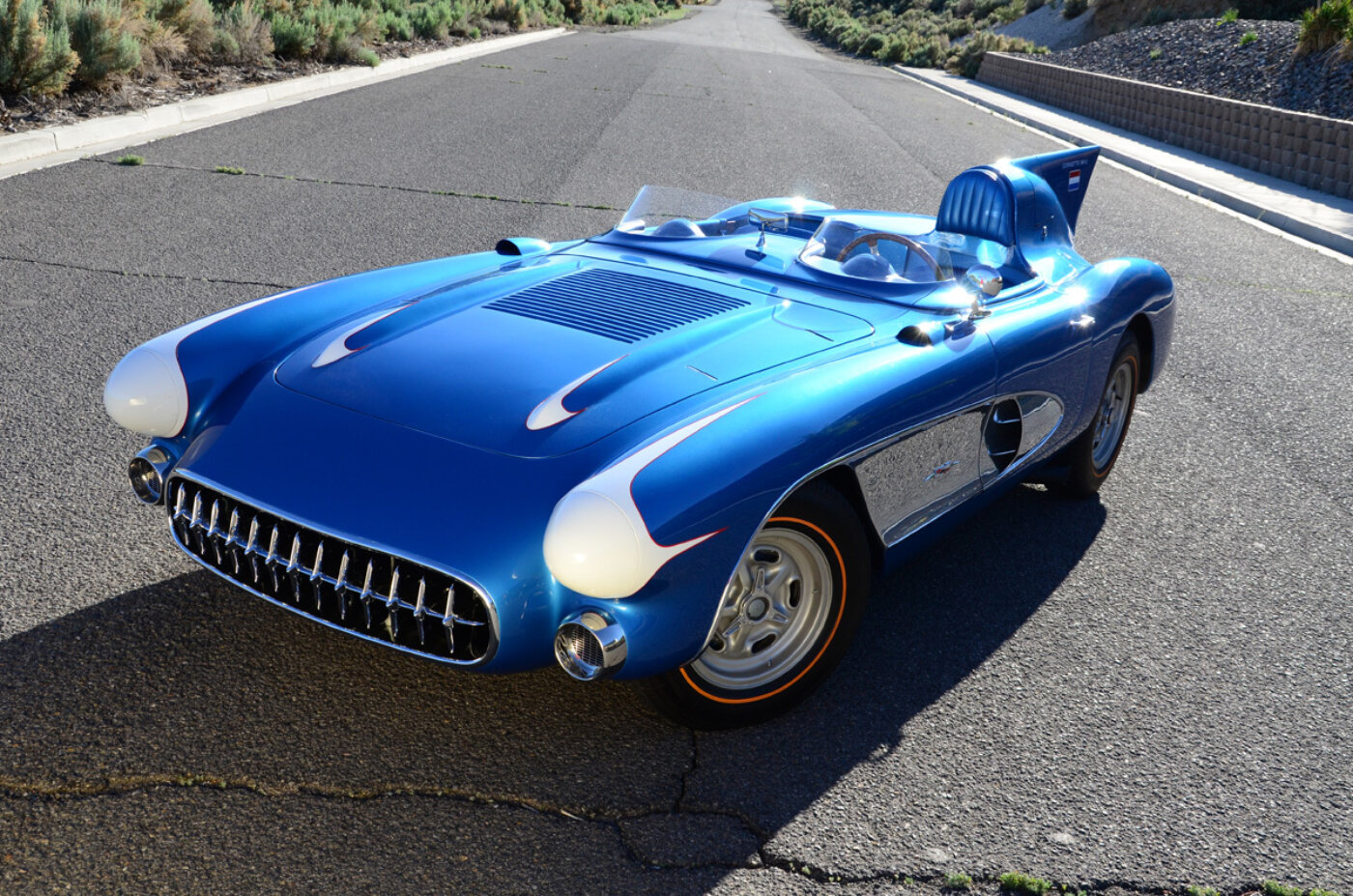
SR-2 Corvette
Text and Photos by Steve Temple
Corvettes and customizing go hand in hand. Just about every one ever built gets some sort of enhancement. Corvette owners just can’t seem to leave well enough alone—and for that we applaud them. This practice dates back to the earliest models, the ’56 SR-2 being a prime case in point. But the intent of this car was not simply to satisfy the stylistic whims of a single owner, but to ensure the future of the then-new model. The SR-2 was pivotal in preserving the production of the Corvette, as initial sales were dismal. Why so?
Well, the power and handling of the early models just didn’t live up to the Corvette’s stylish looks. Zora Arkus-Duntov, who would eventually become the Chief Engineer of the Corvette program, was instrumental in improving the performance of the C1. Working with engineer Ed Cole (who would eventually become Chevy’s general manager, and later president of GM), they started with the Sebring Racers (called SR for short, but never SR-1), followed by the SR-2 high-fin model shown here. The significance of these cars can’t be underestimated, as it’s often been said that they actually saved the Corvette.
Duntov knew all too well that early versions of the first-gen Corvette lacked street cred. An anemic six-cylinder was the standard engine, while the groundbreaking—and ground-pounding—small-block Chevy V8 that Ed Cole developed was merely an option in 1955 (but fortunately offered at his behest), Duntov realized that the Corvette needed a massive injection of testosterone in order to overcome its waning sales, and the SR designs had the cojones. These cars transformed the image of the Corvette from an inconsequential car at the start of 1956 to a world-class competitor by the end of the 1957.
Looking back, the time in which these racers were born was dramatically different from today. In the mid Fifties, Ike was beginning his second term in the White House, and the ink was just drying on Congressional approval of his Interstate Highway System. Imported cars from Europe were little known, and Japanese ones even less so.
In financial terms, GM was bigger than most countries, twice the size of the next nearest corporation (Standard Oil), and was building more than half of all cars sold in the U.S. at the time. From this heady corporate climate came the four Sebring Racers. Lessons learned from these cars were incorporated into the SR-2, which was fitted on the same basic chassis, but markedly enhanced.
The first of three SR-2s built was for Jerry Earl, son of GM vice president Harley Earl. Prior to this project, Jerry Earl announced he was going to race a Ferrari 250 MM, but his father rightly viewed that as unacceptable choice. So he commissioned a competition Corvette for his son. Chevy already had the 1956 Sebring Racers, but Harvey Earl had his designers create a hotter looking Corvette for his son to race.
Since it was specifically built for track duty, the car was much lighter than a production version by some 700 pounds, totaling 2300 pounds, with doors weighing only 10 pounds, and the hood 20 pounds. The hand-built body measured about 14 inches longer than stock in the front, and initially featured a low dorsal fin that was largely for cosmetic effect. Later on it was replaced with a more functional high fin, influenced by the Jaguar D-Type of the same era.
On the front of the cockpit are twin rounded windscreens, and an aero-shaped nacelle behind the driver’s seat covers the roll bar, with an access door for the fuel-filler cap. Headlight fairing cones were fitted for track duty, protecting the lamps from road debris, and the louvered hood is secured with aircraft-grade fasteners.
Other unique features consist of air ducts for cooling the front brakes, and the aluminum side scoops in the body side coves were functional as well. Quite unlike the ducts in the upper rear quarters of the new C7, the rear brake air vents run from the rear of the cove through the length of the car, with connecting passages within the door jambs.
A build order from the Chevrolet Engineering Department, submitted to the Experimental Shop & Garage on June 1, 1956, detailed a number of chassis upgrades for a pair of SR-2s, which would eventually become a regular production option (RPO 684) in 1957. They included heavier springs and swaybars, bigger shock absorbers, quicker steering, Positraction, cerametallic brake linings in finned drums, and wider wheels.
The latter were Halibrand magnesium knock-offs. They were wrapped with Firestone Super Sport Tires and racing tubes, and measured 67.0 x 15. Other SR-2 chassis elements consisted of a bolt-on quick steering adaptor, and at the rear, five-leaf rear springs and Houdaille dampers. Additional changes were made to the exhaust, radiator and transmissions, with slight variations between the first two SR-2s built, so first one could hit the track right away.
In addition, two-inch offset air ducts in the front fenders fed into the engine bay. Engine work was handled by famed mechanic Smokey Yunick, who stroked and bored the original 283 engine out to 336 cubic inches. It also served as a test bed for the then-new Rochester mechanical fuel-injection system. A 36-gallon fuel tank gave the car an extended range to minimize pit stops.
The car was first raced by Jerry Earl and Dr. Dick Thompson, “The Flying Dentist.” It was later entered at Nassau Bahamas in November ’57 by Earl and Bill France, to be driven by Curtis Turner. It won one of the preliminary production car heats, but in the main event, while running with the top cars, he went off track and received a DNF.
After Nassau, this car was eventually sold to Jim Jeffords in 1958 and became the Nickey Chevrolet “Purple People Eater” (the first of four, after being repainted). Jim Jeffords went onto become the 1958 SCCA B-production national champion.
In 1958 the car was sold to Bud Gates Chevrolet in Indianapolis, Indiana, who raced it during 1959 and 1960, whereupon it was then placed on his used car lot for sale. Vern Kispert continued the SR-2‘s competition career, drag racing it as the “Terror of Terre Haute.”
After several years of hard use, the SR-2 war horse eventually was put out to pasture, ending up for sale in front of a salvage yard in Terre Haute, Indiana, with an asking price of $5000. This illustrious example of Corvette history appeared to be heading to an ignominious end.
Fortunately, Gene Marquis rescued the car from oblivion, keeping it from 1969 until 1986, as it underwent a slow restoration. During this time, the SR-2 had a Traco-built, 283ci bored out to 301 cubes.
After several months of back-and-forth negotiations, the SR-2 then went to Rich Mason of Carson City, Nevada. Rich is a long-time Corvette enthusiast, having owned more than 50 of them over the years, with several classics still in his collection, (along with a 2015 Z06 Stingray and Kirkham Cobra replica). Why track down the SR-2 in particular? “I wanted a vintage racer,” he explains. “And this one is so significant in Corvette history.”
When he purchased the car from Marquis, the body was only slightly battle-scarred, but painted red and with black Ford Thunderbird seats in the cockpit. He switched out the seats for original-spec, lightweight Porsche buckets, and added blue leather upholstery to the interior.
The matching body paint is a color that’s slightly darker than the original pale blue color on the low fin version, but not quite as dark as the later high-fin hue.
Since the Traco engine was getting weak, he dropped in a dependable 327, stroked to 333, and added a second air meter to the mechanical fuel injection. “It’s not an exotic motor,” he points out. “I just wanted it to run well on the track.”
All of Rich’s conscientious efforts paid off over the years. He vintage raced it every year and won the 1987 Monterey Cup for excelling in both performance and presentation. Unique to this SR-2 is a reverse lockout button in the shifter, which likely dates back to its early development. The interior also boasts the original wood steering wheel, and a column-mounted 8000 rpm tachometer that was missing when he bought it. “That item is an original unit from a ’57 Corvette, very hard to find,” he says. “And expensive too.”
Mason and his beloved SR-2 parted ways in 2013. Now owned by a good friend, Greg Boehme, it’s is a popular favorite on the show circuit. While relishing all the attention it still garners, they both profoundly appreciate the significance of the SR-2 in Corvette history.

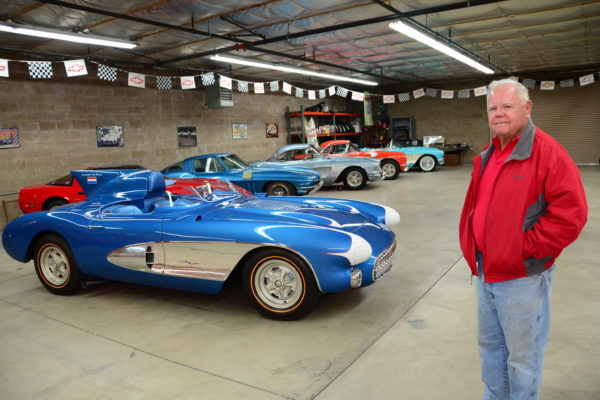
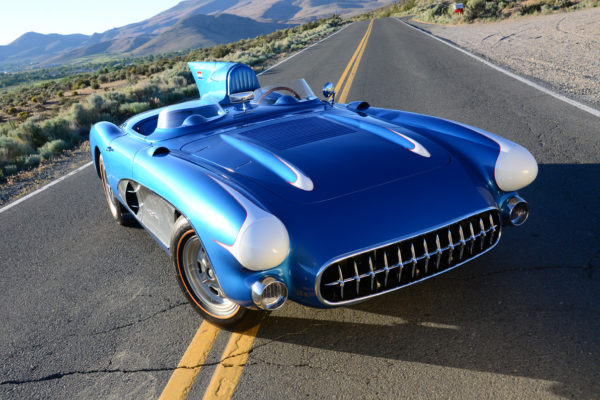
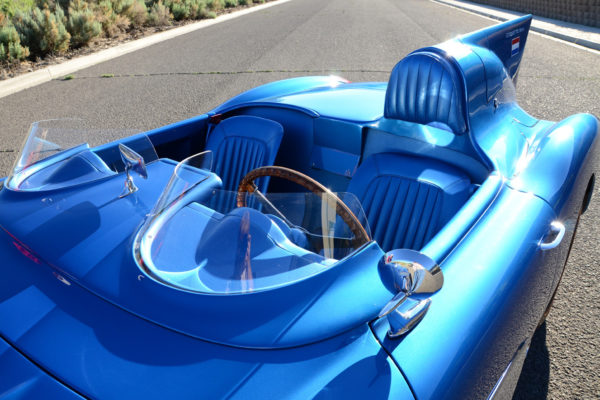
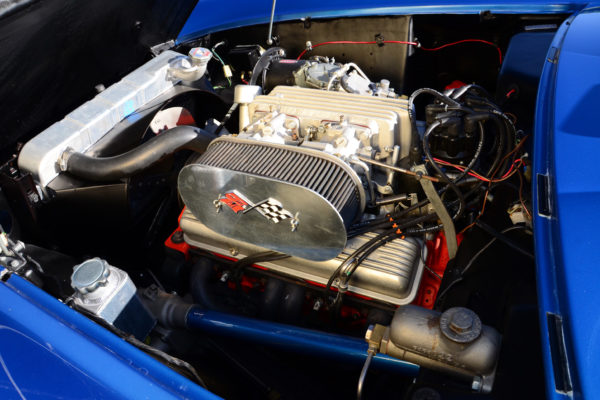
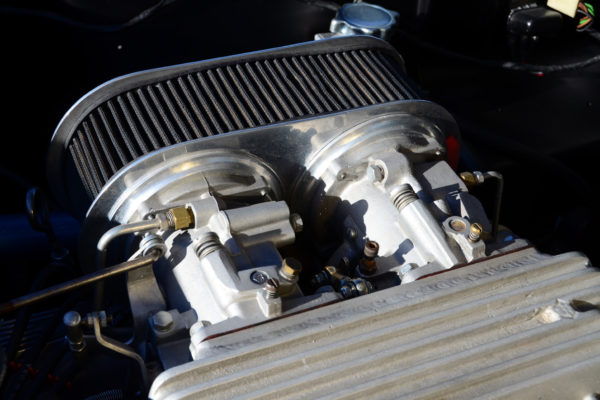
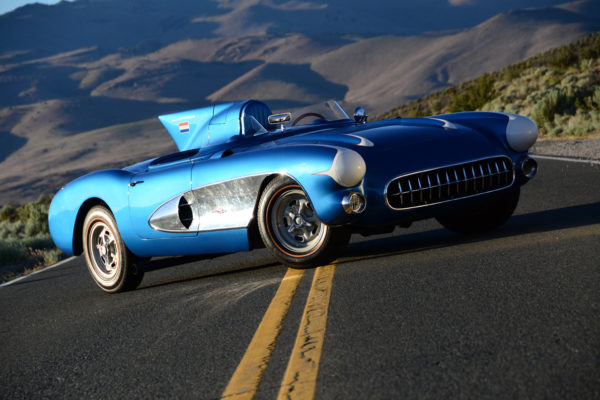
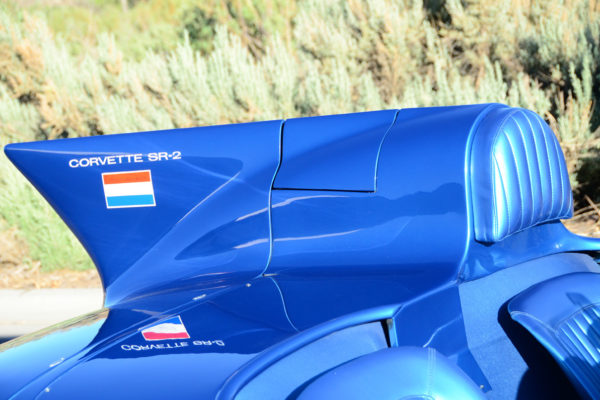
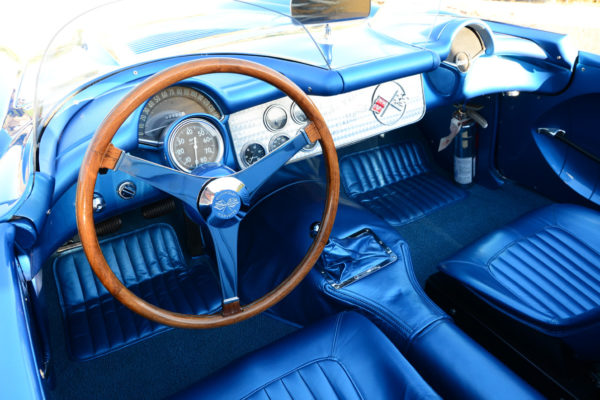
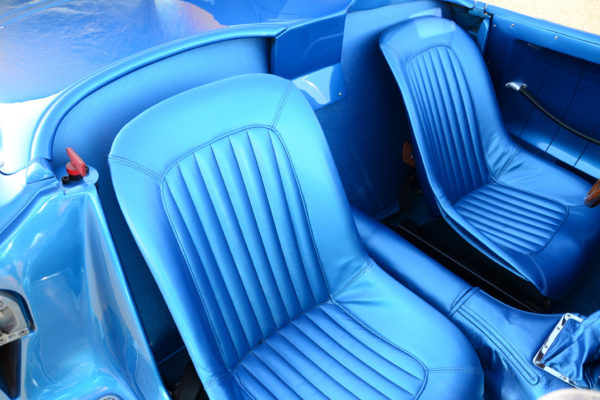
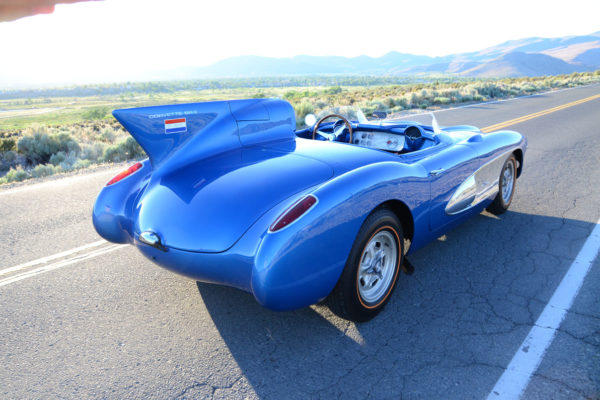
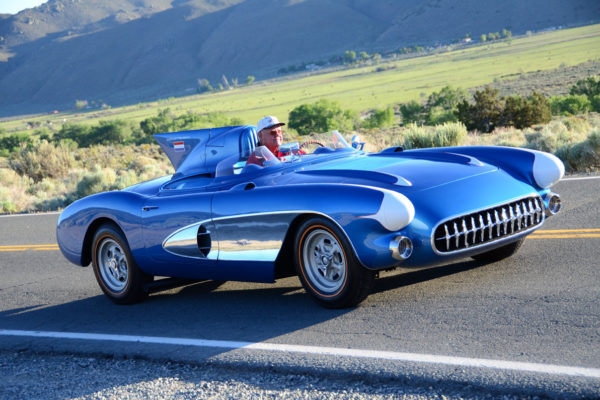
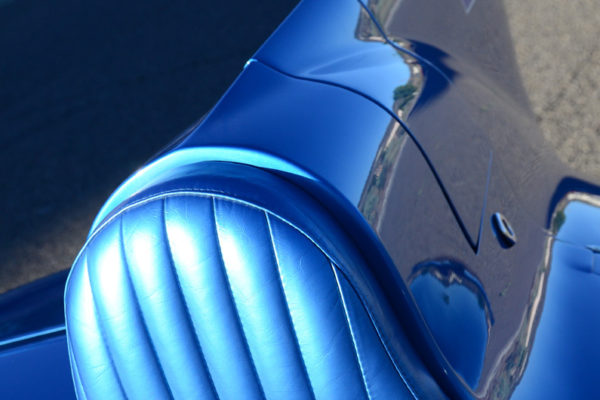
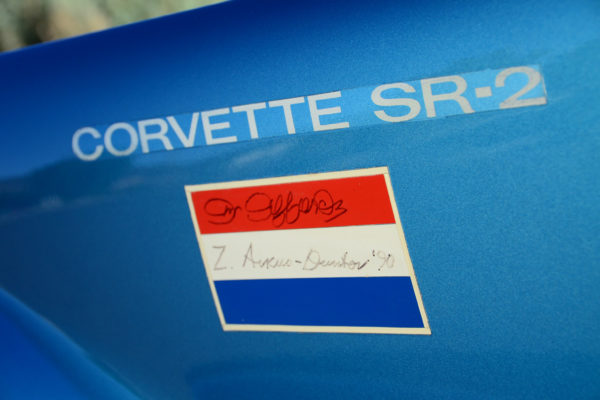
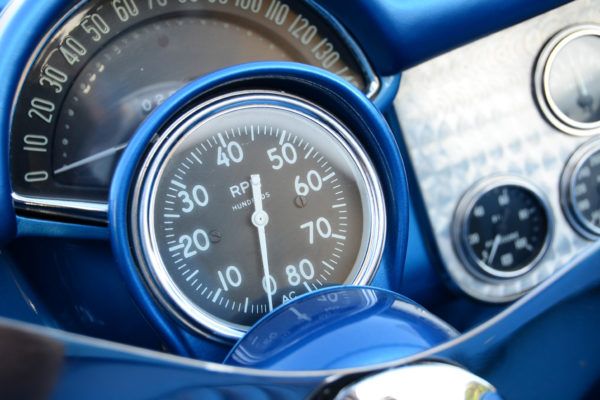
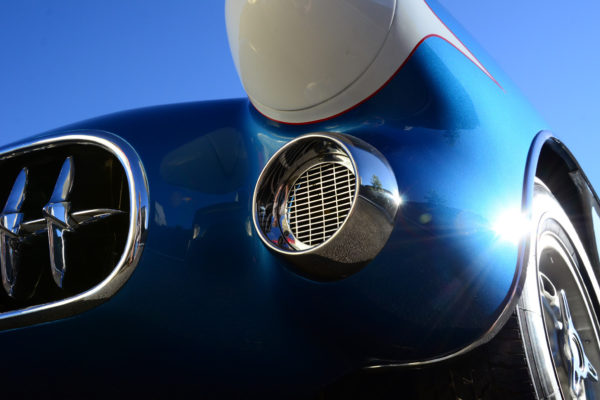
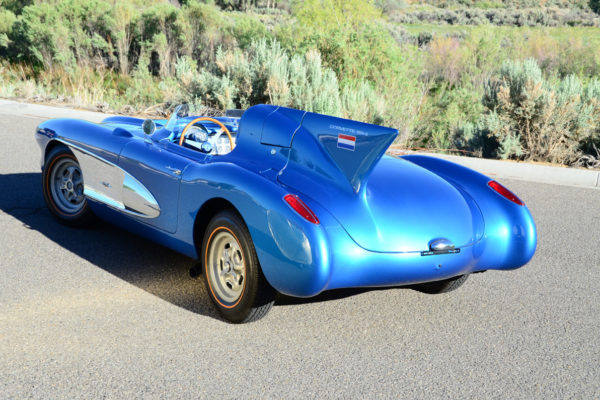
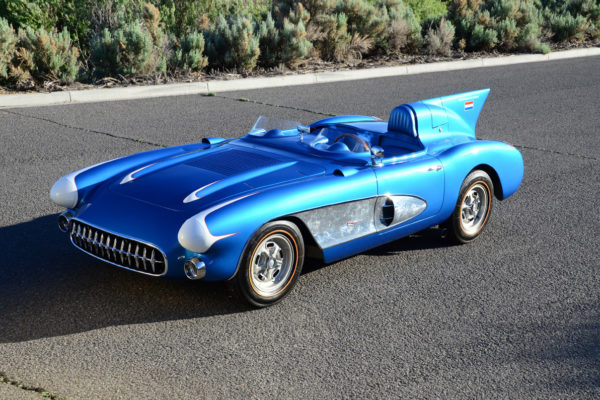
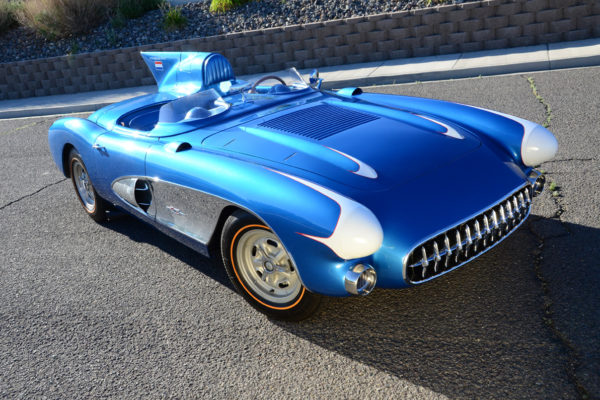
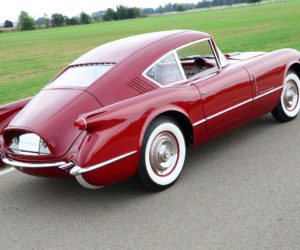
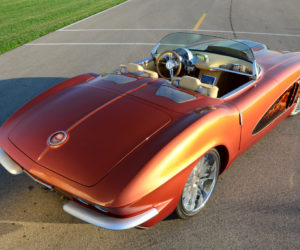
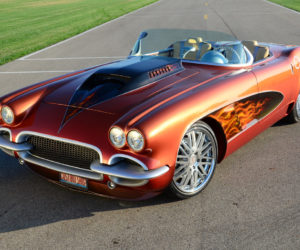
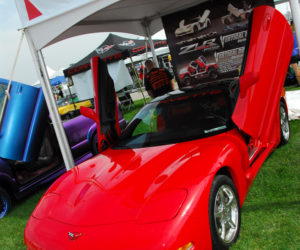
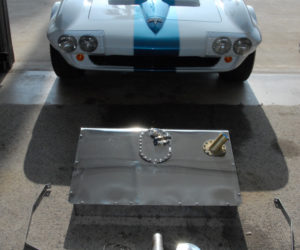
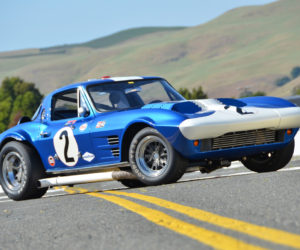




Comments for: THE SAVIOR
comments powered by Disqus